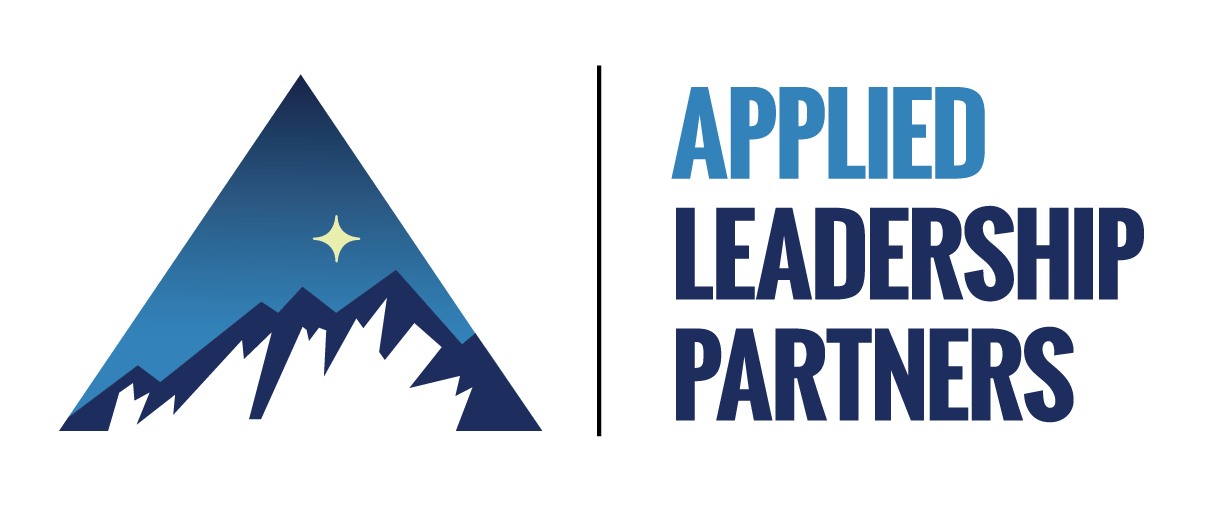The way that actual business (especially small business) is conducted is very different from what many of us learned in school. The information age has completely changed the game for how businesses interact with customers, members, vendors, competitors, and collaborators. The Internet, mobile devices, and social media have all conspired to create entirely new expectations around service and value. Think about it, we now live in a world where:
People can share their experience with a product or service in real time.
Thousands of others will see/ read/ watch/ listen to that testimonial.
Decisions and behavior are informed/ influenced by the experience of friends, or even strangers.
With more choices than ever and a wealth of information at the touch of a finger, people are becoming very selective about who they choose to do business with. Though your spam folder may suggest otherwise, major corporations are shifting resources away from front-end sales and marketing and into back-end customer service or client retention. They’ve started to realize that taking great care of current customers is an effective growth strategy. This is a good thing.
When I was the executive director of Team RWB, we didn’t necessarily have customers, but we certainly had a lot of members, and tons of relationships. By 2016 we were a 150,000 member organization, operating 45,000 events per year, in over 200 cities across America. We did this with 2,000 incredible volunteer leaders and 25 full time employees, who nearly all lived in different states.
We were very much in the relationship business. Some of these people were sponsors, some were partners, some were local volunteers and members - and all of these wonderful people could have taken their time and talents elsewhere. With such a large and varied group of stakeholders, we constantly asked ourselves a simple question, “how can we get these folks to stick with us?” We could certainly point to the mission and the inherent desire to help others and serve the greater good. That was absolutely a factor, and probably what originally drew people to the organization, but we knew we had to do more.
At some point, it became clear. Whether personal or professional, relationships stick when people feel appreciated and valued. They may come to us for a million different reasons, but they’ll stick with us if they find the experience truly valuable; if they feel like they are receiving something more than they expected. So, I suggested a thought to help us think about this on a day-to-day basis and the results were incredible. I called it The Race to 51%.
Simply stated, The Race to 51% means that you have to go more than halfway to meet someone in the middle.
The Race to 51% was a commitment that we would cover more than our fair share of the distance and deliver more than our share of value. The commitment applied to all relationships, even financial ones, and for good reason.
Partnership building is relationship building at all levels. And the old-school tactics on negotiation and leverage don’t work very well anymore. Trying to get the most out of a deal or take someone to the cleaners just aren’t good long-term strategies. Instead, try to figure out how you can deliver at least 51% of the value in any relationship. Can you help them achieve their goals? Can you help promote something for them? Can you deliver a little more than they expect of you?
It doesn’t mean that you shouldn’t keep your interests in mind or that you should enter into a bunch of lopsided, bad deals. It means that once you’ve decided to work with someone (ideally through a fairly rigorous process), you immediately start thinking about how you can make it a valuable relationship for him, her, or them.
The principle applies just as strongly in our relationships with the people on our teams, and those in all aspects of our lives. If you can cover more than your share of the distance to meet people half way, your relationships will not only be more functional, they’ll be much more loyal and trusting. When trust is established teams will be more resilient and more committed to weathering the bumps in the road together.
At Team RWB we really took this approach to heart. Nothing squelches enthusiasm and energy faster than a leader with the default setting of “no”. So we committed to doing whatever we could to “find a way to say yes”. If a request or an opportunity made sense, and it aligned with our mission, vision, and values - we would figure out a way to make it happen.
We were not perfect by any stretch of the imagination, but we made an earnest effort to meet people where they were at, every day. If we needed to adjust to better execute the mission, we would communicate, try to understand, examine the situation, and make decisions as quickly as possible. We did our best, and when a situation arose that was (for whatever reason) out of our scope for the relationship, we were up front and honest about it. Sometimes we had to say, “we’re sorry, but that just doesn’t work well right now”. We hated to disappoint people, but we slept well at night knowing that we’d acted in good faith, and were pleased to find that most people are quite reasonable. Sometimes, relationships don’t work out, even when you cover more than your fair share of the distance, and that’s ok. You never know when you might meet again.
Keeping the Race to 51% in mind encourages us all to do the work, to care for others just a little more, and to deliver as much value as possible, regardless of the outcome.
That feels like something our world could use today, perhaps more than ever.
Thumbnail photo: @cytonn_photography via Unsplash

